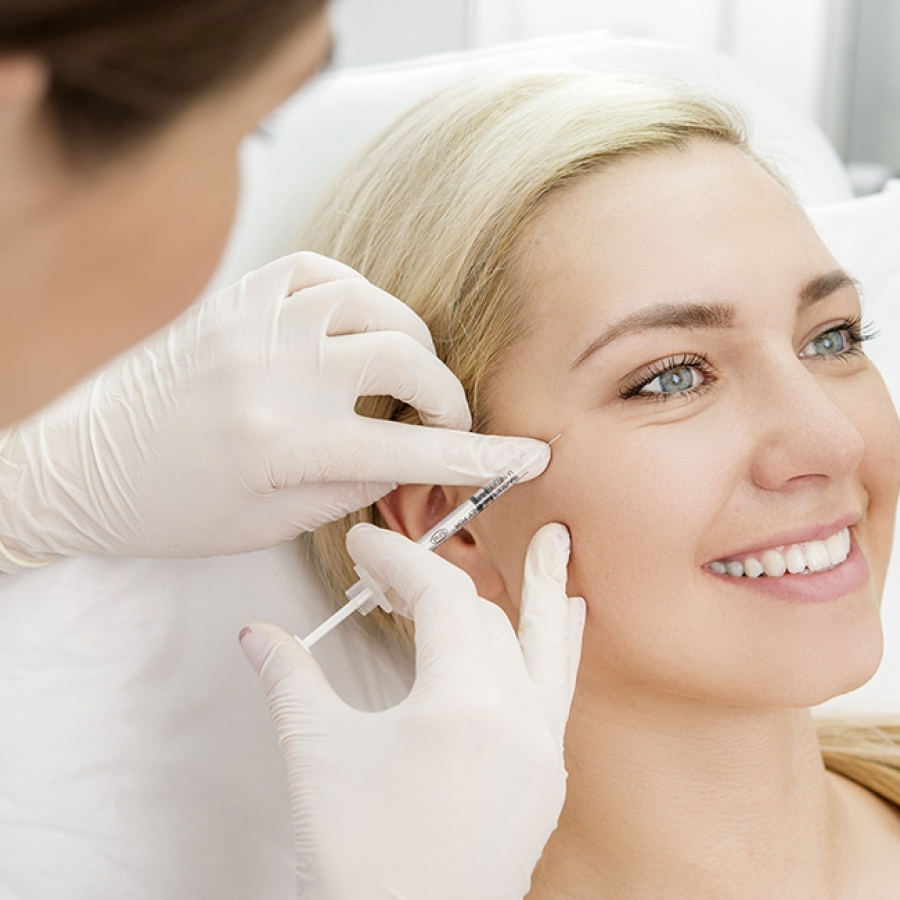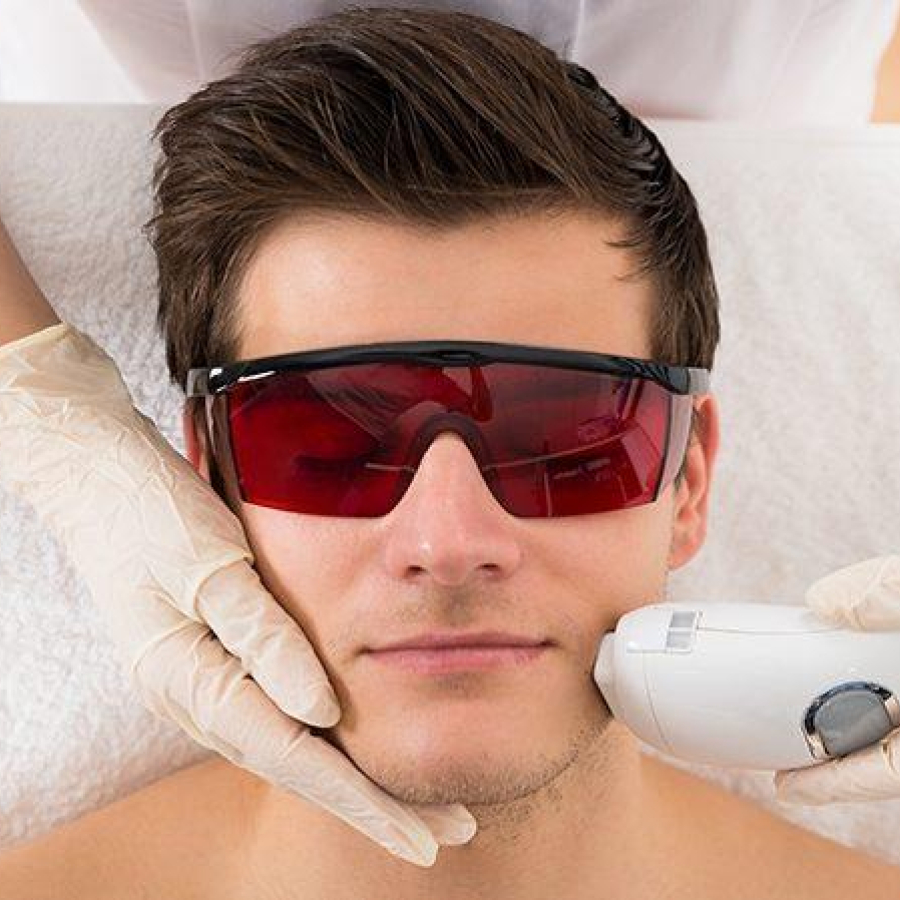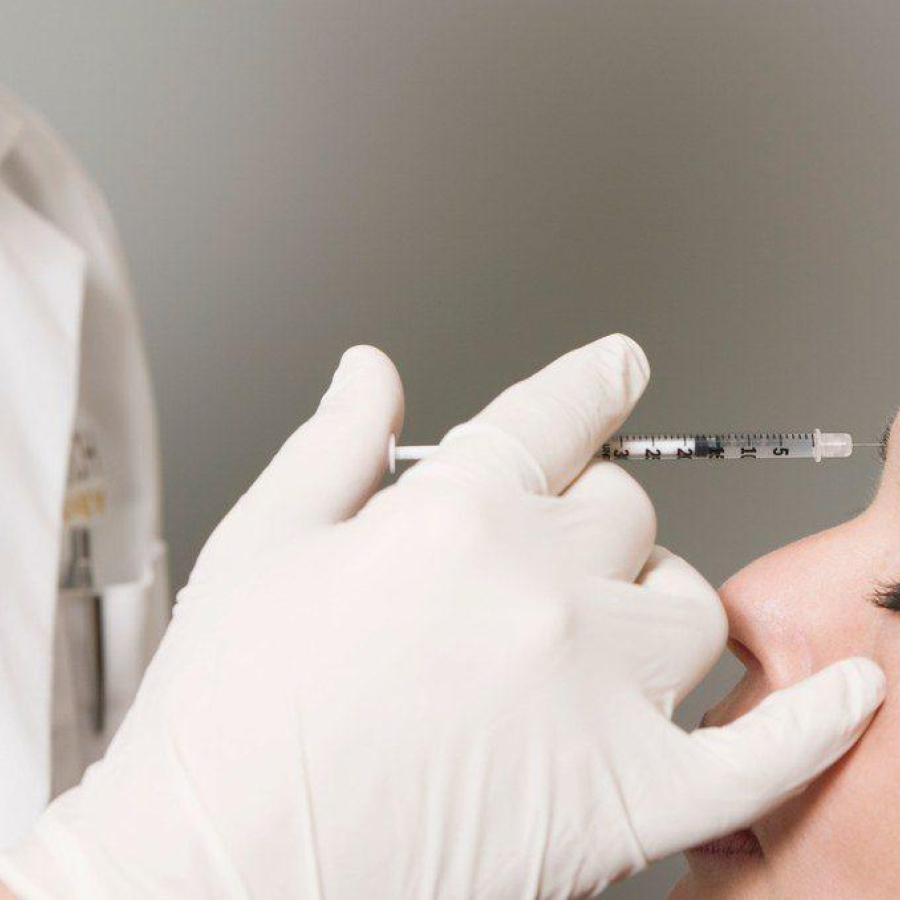
Clinical
Why NPs Are Safe, Trusted Med Spa Professionals
By Eric Atienza, Assistant Director of Digital Marketing and Marketing Technology, and Madilyn Moeller, Marketing Content CoordinatorWith the growing popularity ...
Posted By Madilyn Moeller, Friday, June 27, 2025

By Madilyn Moeller, Marketing Content Coordinator
Walk into any modern med spa, and you're likely to find PAs taking a prominent role in patient care—conducting consultations, administering injectables, and ensuring that treatments are both effective and safe. Understandably, many patients and med spa professionals have questions:
The answer is a resounding yes. PAs are among the most rigorously trained and trusted providers in medical spa settings. This article will explore their role, training, history and why you can feel confident in their care.
Physician assistants, also known as physician associates, are nationally certified and state-licensed health care professionals. They are educated in the medical model and trained to provide diagnostic, therapeutic, and preventive care as part of a health care team. PAs work in collaboration with physicians and are found in every medical specialty, including dermatology, plastic surgery, and aesthetic medicine.
More than 178,000 PAs are practicing in the United States today, according to the U.S. Bureau of Labor Statistics, with more entering the field each year due to strong demand and proven effectiveness.
The PA profession was born of necessity in the 1960s to address a national physician shortage and growing health inequities. Primary care physicians were in short supply and increasingly moving away from general medicine into specialty areas with the advancement of new medical technology. Meanwhile, thousands of servicemen with medical experience were being discharged every year, 6,000 of whom had extensive medical training, according to The Physician's Assistant—Today and Tomorrow.
In 1961, AMA trustee Dr. Charles Hudson proposed training experienced former military medics and corpsmen to fill critical care gaps, suggesting a "mid-level" provider work under physician supervision in his address called "Expansion of Medical Professional Services with Nonprofessional Personnel."
Dr. Eugene A. Stead, Jr., of Duke University, designed the first PA program after a fast track training used during World War II to prepare doctors for the military; only eight years earlier, his efforts to establish a similar master's degree program for nurse clinicians, alongside Thelma Ingles, RN, had failed to gain accreditation. This PA program enrolled four ex-Navy hospital corpsmen, who were previously unable to use their considerable medical training without this formal education.
Dr. Richard A. Smith, MPH, developed a collaborative PA program at the University of Washington called MEDEX, named for ME-dicine EX-tenders. Dr. Smith had a special interest in public health after serving overseas in the Peace Corps, recognizing the role of trained non-physician providers to fulfill health needs in underserved areas. The first physician assistants were quickly recognized for their competence and dedication in supporting physicians in medically disadvantaged and rural areas, notably along the Alaska Pipeline.
Credentialing a new health practitioner meant creating a formal structure and curricular model, including: a society of practitioners (American Academy of Physician Assistants — AAPA), an association of educational training programs (Association of Physician Assistant Programs — APAP), an accrediting body (National Board of Medical Examiners — NMBE, then National Commission on Certification of Physician's Assistants — NCCPA), and a process to certify graduates (PANCE).
Significant milestones include:
Different institutions gave the role different names: "physician extender," "extern," "medex," "physician associate," "physician's assistant" and "health associate." By the 1980s, "physician assistant" was formalized and incorporated into state medical practice acts. Eventually, the title physician assistant became the national standard, reinforced by model legislation that amended medical practice acts to allow PAs to practice under physician supervision in what was called "negotiated dependent performance autonomy."
What started as a solution for rural and underserved communities has evolved. Today, PAs practice across medical specialties and excel in fast-paced environments such as medical spas, combining clinical skill with compassion and integrity.
PAs complete rigorous education and training, including:
The first PA programs were developed to follow the fast-track medical education used to prepare military doctors. Now there are 308 accredited programs preparing PAs with training to work across a wide range of medical environments, including medical aesthetics.
To maintain certification through the National Commission on Certification of Physician Assistants (NCCPA), PAs must complete:
These rigorous standards keep PAs up-to-date on advances, safety protocols and best practices in medical aesthetics.
Although trained as generalists, many PAs pursue focused education and experience in cosmetic dermatology, plastic surgery and aesthetic medicine. PAs often build their skills in cosmetic medicine through:
Many PAs who work in medical spas have invested in certifications from industry leaders such as Allergan Aesthetics and Galderma, from CME-accredited aesthetic injector training institutions such as the Academy for Injection Anatomy, and from specialized courses dedicated to safely using aesthetic lasers and energy devices, performing PRP, and more.
Safe, reputable med spas vet and verify each provider’s credentials and training before allowing them to perform cosmetic procedures. Even if a newly hired provider has previous experience at another practice, the med spa's medical director or supervising physician will assess their skills in each procedure before they can treat patients.
PAs are licensed by state medical boards. Their scope of practice is defined by state-specific laws and regulations, medical board rules, their supervising or collaborating physician, practice-level protocols and delegation agreements.
Generally, PAs can:
The scope of what a PA can do in a med spa may vary by state, but their authority is always grounded in licensed medical practice.
In medical spas, PAs are responsible for a wide range of clinical duties:
Generally, PAs can perform medical aesthetic treatments (such as botulinum toxin, hyaluronic acid fillers, lasers, PDO threads, and more) provided a particular treatment is within their scope of practice in that state, the PA has documented training in the procedure and is working pursuant to written guidelines with a supervising physician. PAs may also supervise nurses and other team members. They can prescribe treatment and delegate that treatment to appropriately licensed, trained and supervised providers.
In states with collaborative practice for PAs, they work under the supervision of a physician or following protocols of a written and signed collaborative agreement. In recent years, more states have proposed and adopted legislation that grants PAs reduced physician oversight and allows more autonomy. This trend toward independent practice usually includes provisions that a PA must work under supervision for a specified number of years or hours of supervised practice (ex: at least three years, 4,600 hours). Once a PA meets those state requirements, they can apply for greater autonomy.
Yes. Research consistently shows that PAs provide care that is safe, effective, and comparable to physician-led treatment.
Government agencies such as the Agency for Healthcare Research and Quality (AHRQ) and the Department of Veterans Affairs recognize PAs as essential providers in both general and specialty care.
Patients should feel comfortable asking providers about their qualifications. Here are helpful questions to ask before a treatment:
Here are some things you can look for in a safe med spa:
Well-run med spas feature clear supervision, credentialed providers, and continual staff education. Check out these resources for further insights from trusted aesthetic professionals:
A Patient's Guide to Medical Spas
What to Look for in a Safe Med Spa Visit
How Safe Are the Top Med Spa Treatments
A high-quality medical spa should include:
Safety is not just about who performs the procedure—it’s about the systems, supervision, and structure supporting the clinical team.
Med spa owners choose PAs because they offer:
Whether a med spa is just opening or expanding services, a PA is often the key to delivering safe, effective, and consistent care.
Physician Assistants are thoroughly trained and licensed to provide care in medical settings, including aesthetics. Their presence in medical spas reflects their professionalism, competence and commitment to patient outcomes.
For patients, knowing your provider is a PA should give you confidence. With proper credentials, training, and oversight, PAs offer safe, skilled, and compassionate care in medical aesthetics.
Sadler AM Jr, Sadler BL, Bliss AA. (1975). The Physician's Assistant—Today and Tomorrow (2nd ed.) New Haven, CT: Yale University Press.
Related Tags
Medical spa news, blogs and updates sent directly to your inbox.

Clinical
By Eric Atienza, Assistant Director of Digital Marketing and Marketing Technology, and Madilyn Moeller, Marketing Content CoordinatorWith the growing popularity ...

Consumers
By Madilyn Moeller, Marketing Content CoordinatorWalk into any modern med spa, and you're likely to find PAs taking a prominent ...

Clinical
With Taylor Siemens, NP-CTo set the foundation for glowing aesthetic results, medical spas often incorporate laser skin resurfacing treatments into ...

Clinical
With Alexa Nicholls Costa, NP, and Alexandra Rogers, NP, LexRxBotulinum toxin and dermal filler treatments are often referred to as ...